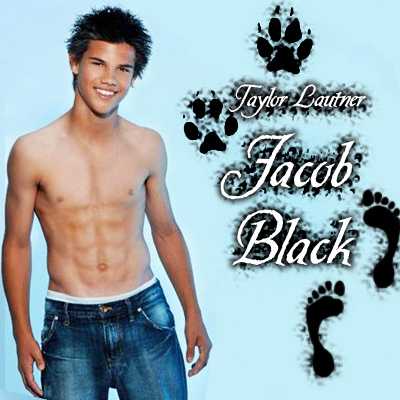By Christina Good Voice
Cherokee Nation citizen Roy Boney is one of 14 translators on the social Web site Facebook who helps Cherokee people maintain ties to their culture by allowing speakers registered on the site to translate a glossary of common Facebook words and phrases. Their ultimate goal is to translate the entire site into Cherokee.
“As a citizen, I think it’s a wonderful opportunity for Cherokee to exist in a virtual space that’s a major part of the world community,” he said.
As of Dec. 17, there were 34,647 untranslated phrases on Facebook’s Cherokee translations page, 142 submitted translations and 14 active translators. Those translators are from areas in the CN jurisdiction, as well as Texas, California and other areas across the United States.










